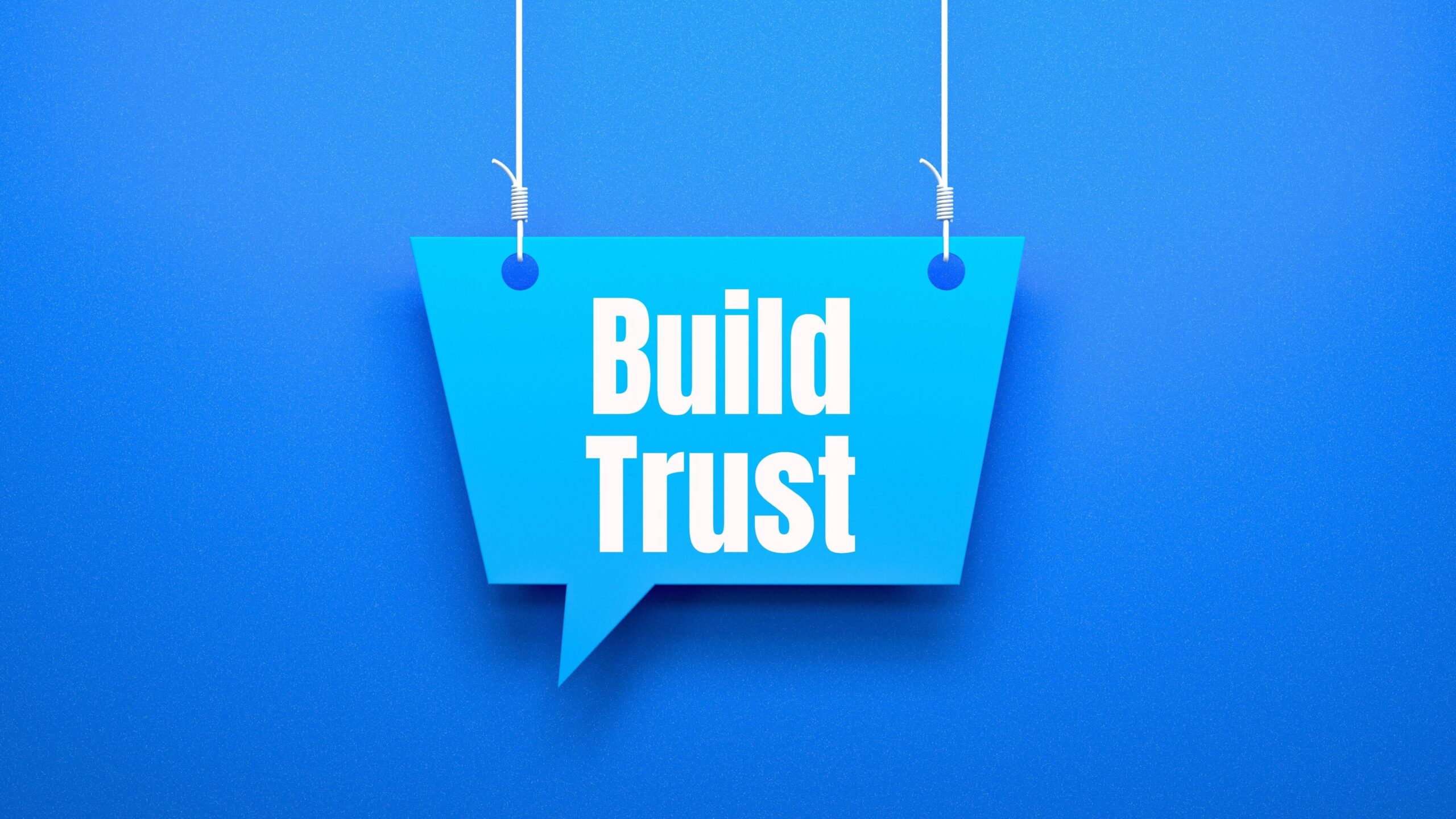Good privacy practices have become a valuable business asset that produces a myriad of benefits.
Processing data and protecting data are fundamental components of today’s digital economy, generating extraordinary value and catastrophic risk across the globe. Fueled by the increasing number of large-scale and well-publicized data breaches and a growing privacy awareness, individuals and businesses are becoming more discerning about the parties with whom they choose to do business. In addition to the quality of a business’s products or services, individuals want to know how companies incorporate privacy into their operations and want assurances that their personal information will be treated with the utmost care and respect. Individuals are more likely to share their information with companies they know will keep their data safe, making trust an essential component of the information exchange between individuals and the companies with whom they choose to do business.
The risk of harm to an individual from the loss or exposure of personal information is particularly apparent in healthcare due to the sensitive nature of the information involved. Medical records, test results, and other types of protected health information (PHI) hold an incredible amount of private data that could cause extraordinary harm or embarrassment if exposed or stolen. Protecting the privacy of high-risk information requires a proactive and multi-faceted approach and companies must implement strong privacy and security measures to safeguard PHI from unauthorized access, use, or disclosure. The sprawl of digital data compounds the innate challenges that come with the responsibility of safeguarding personal information. Privacy regulations, like the Health Insurance Portability and Accountability Act (HIPAA), have requirements that can be time-consuming and complex. Administrative safeguards, such as access controls, can hinder operational ease due to limitations on employees who can access PHI. However, in the digitized healthcare industry, the preservation of privacy is paramount.
At HealthEdge, we value privacy and utilize an integrated approach to ensure that the information entrusted to us remains protected and secure.
Privacy + Security
While privacy focuses on the appropriate and permissible handling of data, security is responsible for implementing technological measures and safeguards that actively protect data from unauthorized access, loss, or exposure. At HealthEdge, the Privacy and Security teams work together in a dynamic and collaborative partnership to instill good privacy practices and security safeguards throughout the enterprise. Implementing robust security measures that align with broader privacy principles like data integrity provides a layered data protection approach that effectively mitigates areas of increased risk.
Comprehensive Risk Assessments
Comprehensive risk management should incorporate privacy assessments to properly identify and mitigate risks to an enterprise. Risk assessments are a commonly used risk management process for identifying and evaluating the likelihood, vulnerability, threat, and impact of identified risks throughout a company’s operations. Enterprise-wide privacy risk assessments can help businesses identify overlooked vulnerabilities, encourage opportunities for collaborative decision-making, spur creative innovation in the development of new data protection solutions, and increase employees’ privacy awareness.
Minimum Necessary Standard
Companies with strong privacy programs recognize the heightened risks that sensitive data carries and implement a variety of safeguards to ensure their data is adequately protected. By prioritizing privacy, businesses can demonstrate their commitment to protecting personal information while also mitigating the risk of security incidents and data breaches. At HealthEdge, we enforce the minimum necessary standard for our data processing activities. The minimum necessary standard is a data minimization requirement under HIPAA and a fundamental privacy principle meaning only the minimum necessary data should be used to accomplish the intended business purpose. By minimizing the collection and use of personal information, companies can demonstrate their commitment to protecting personal information and reduce the risk of processing a surplus of information.
The Value of Good Privacy
Companies should have a firm understanding of these fundamental privacy practices, a cross-functional approach to data protection efforts, and the ability to recognize and adapt to the evolving (and expanding) privacy preferences of customers who are looking for businesses they can trust. The successful evolution of a company’s privacy program into a full Privacy by Design (PbD) framework is largely dependent on receiving intradepartmental and leadership support, but support for driving privacy initiatives forward can be a challenge. Stakeholders should know the necessity of privacy in today’s environment and understand how it can be leveraged as a competitive differentiator that builds trust. Aligning privacy goals with core business objectives can influence business decisions and help ensure that privacy is prioritized and supported. A trustworthy reputation is an asset that can generate economic value, attract new customers, and fortify a company’s ability to withstand challenging incidents.
At HealthEdge, we understand the vital role that privacy plays in securing customer trust and embodying good data stewardship. By prioritizing privacy, the data that is shared with us is kept confidential and secure.






